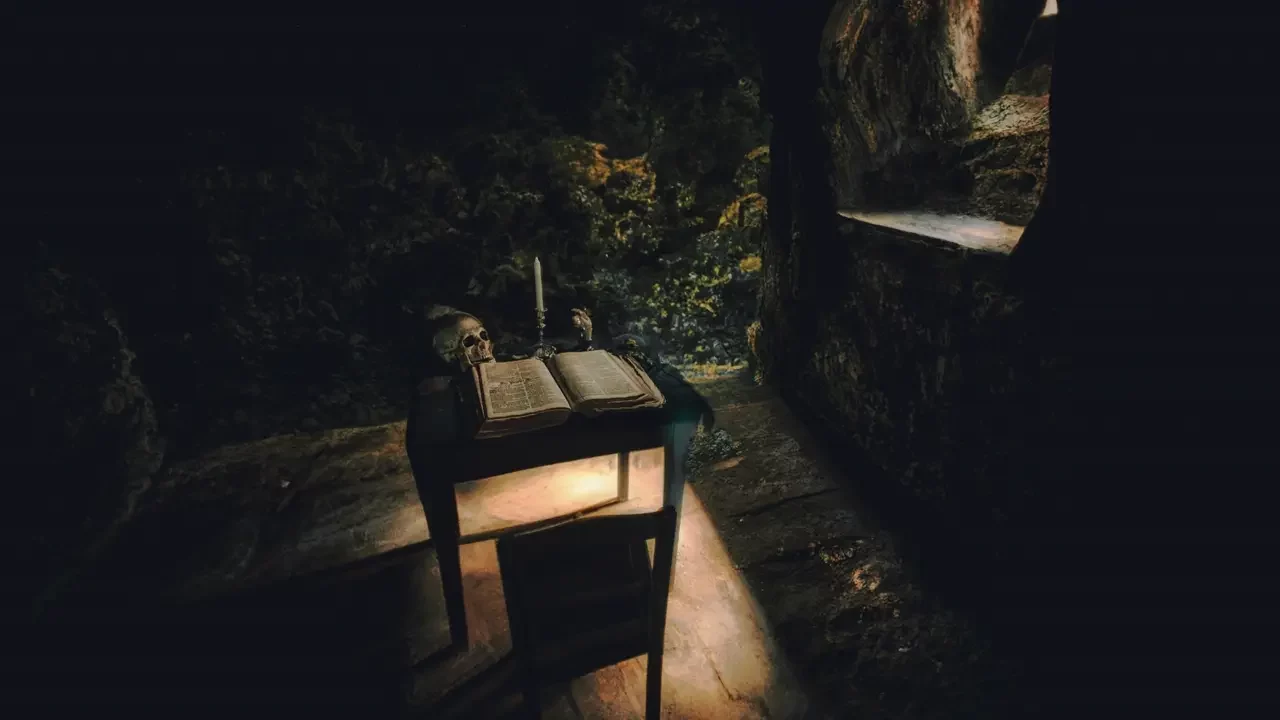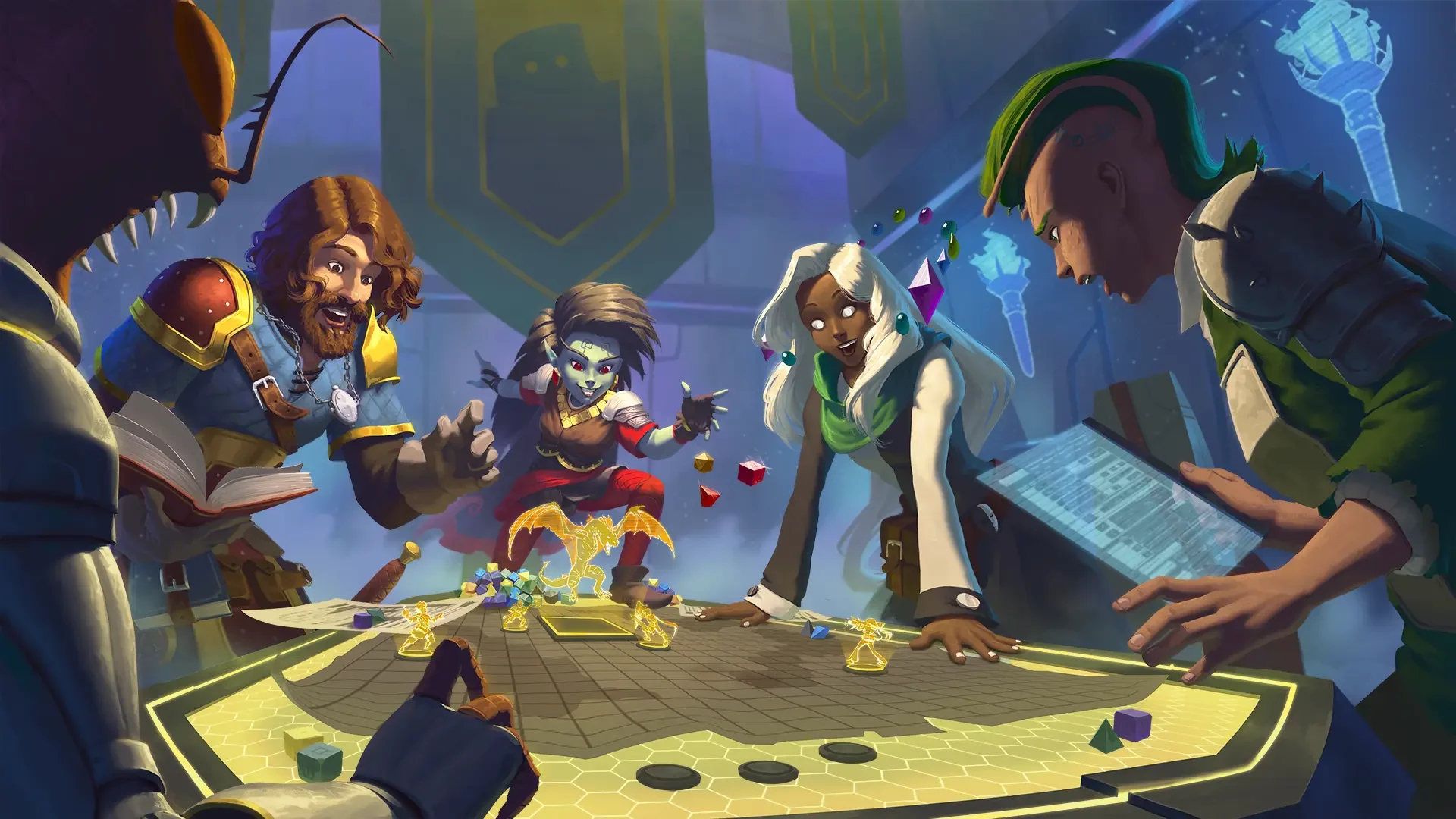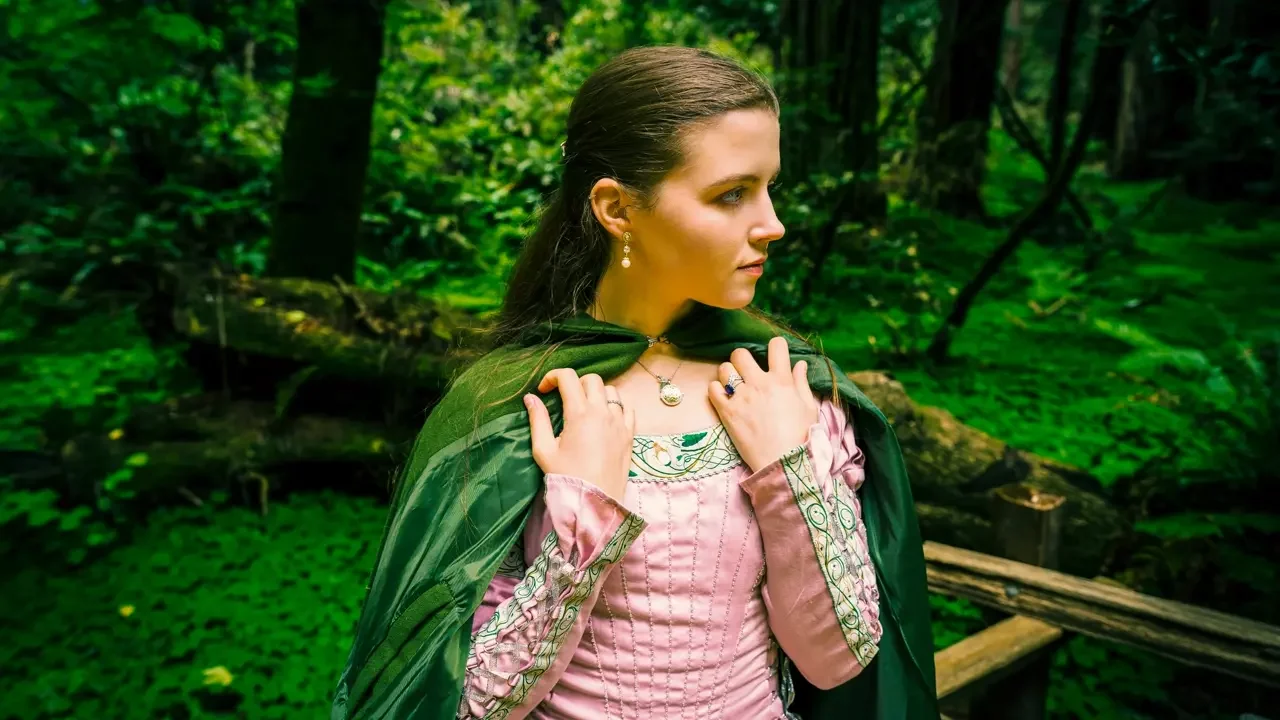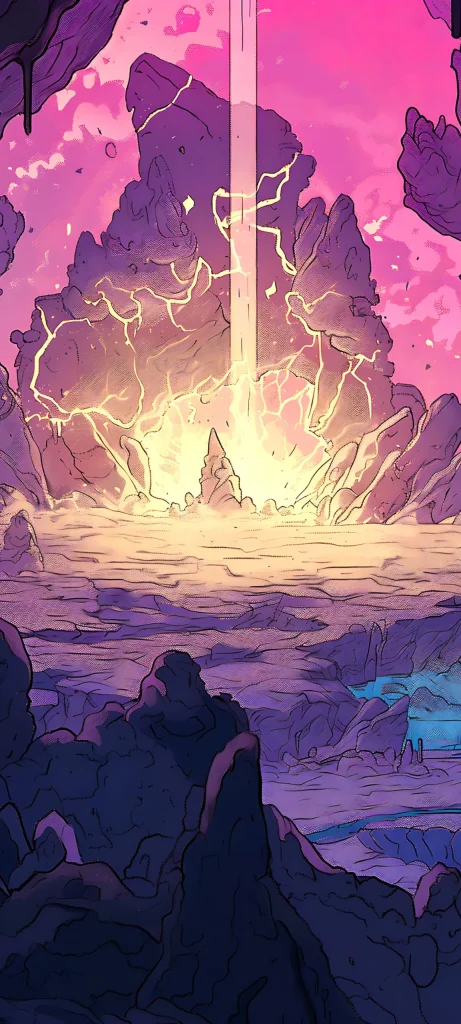
What are your most memorable gaming moments? Often, they aren't about defeating the toughest villain or finding the rarest treasure. They happened when everything made sense: when your party uncovered the mastermind's plan, when the traitor's mask finally fell. We want to understand why the townsfolk only speak in whispers and what kind of wretched creature could leave behind that gruesome scene. We crave mystery.
Imagine that you, the GM, witness everyone at the table leaning forward with expectant eyes and a shared burning question: "What happens next?" If your players are hooked by curiosity, time slows down. These are the stories we share years later; we won't remember the damage we dealt to that beholder, but we'll never forget the kindly grandma who turned out to be an evil hag.
Creating Meaningful Gaps

Just as music thrives on notes and silence, mystery thrives on information and lack thereof. Our minds naturally try to fill gaps in information, a behavior that is impossible to avoid. When something doesn't make sense, we become determined to understand it—one way or another. This natural human tendency is precisely your greatest tool as a GM.
1. Start with something that can't quite be explained. Footprints that suddenly stop in the middle of the desert, a village where everyone shares the same recurring nightmare. These gaps need to scratch the urge to investigate.
2. Add clues that seem meaningful but aren't immediately clear. An odd little symbol that appears in seemingly unrelated places, a guild's name being mentioned way too often. Elements like these need to be recurrent, but subtle.
3. Create characters who know pieces of the truth. The fisherman who refuses to talk about what happened in the storm, the child who draws pictures of places she has never seen before. Mystery is about information, places, and, most importantly, people.
Build upon this foundation giving it your unique twist. For example, you might think about sensory details that hint at something unusual. A faint smell of smoke in an empty stone room, the way animals fall silent near a particular settlement. Get weird.
Pull Players Forward, Not Push Them Along

When your players pursue a mystery out of genuine curiosity, they transform from witnesses to investigators. Players should chart their own course through the game world, rather than follow a rigid, inflexible path—a tendency known as "railroading." This highlights your role as a GM: instead of forcing specific results, create intrigue that invites examination.
This approach requires a different kind of preparation. Don't write fixed, strict scenes that your players must go through in your intended way. Instead, offer clusters of information that players can discover in various ways; map out the underlying truth of your mystery and let the players approach it from whatever angle interests them the most.
Mystery Flourishes With The Players

Our brains excel at finding patterns—even where none exist. When faced with a mystery, players will inevitable develop their own headcanon by connecting different elements of the game world (usually with impressive creativity).
For instance, players will often remember minor details that even the GM thought irrelevant. A famous example is the party fixating on a random NPC. One time, my players became obsessed with a goblin just because he had a name; they captured him, questioned him, and eventually adopted him. An ally I could never have anticipated.
Collaborative storytelling is the name of the game. It is pointless for you to dictate every outcome, even as a GM; otherwise, you might as well be solo-playing. The deliberate gaps in your clues are where player creativity flourishes—they'll fill them with fresh ideas that are much more interesting than anything you could've come up with by yourself.
The Moment of Understanding

In a campaign of mystery, the most exciting moment isn't defeating the lich or removing the curse—it's when everything makes sense. That moment, when scattered clues connect into a clear picture, can be more satisfying than hitting the last attack on the enemy.
However, for this to work, players should feel as though their efforts are meaningful. If the mystery is solved by itself, then they're mere listeners. A good revelation will make the group question themselves: "How did we not notice that before?" It'll also confirm their headcanons while adding unexpected twists; validating their efforts and avoiding predictability.
Practical Mystery Tips

First, establish the truth. Second, break it into pieces. Third, scatter them throughout your world.
It is worth remembering that clues should always connect to the truth, even if the connection is indirect or subtle. Never mislead your players with false clues; you'll only waste their time and create frustration. Finally, remember to leave some clues in plain sight and other clues hidden beneath the rug.
There are many game systems that offer frameworks for investigation—use them to streamline the process of uncovering information. Another thing to always keep in mind is that critical clues should never be locked behind dice rolls; the challenge shouldn't be in finding the puzzle pieces, but in assembling them into a coherent picture.
The Lasting Power of Curiosity

Curiosity creates memorable role-playing experiences. When players pursue answers because they genuinely want to know—and not because of strict plots or promising rewards—they'll connect with your world in a profound way.
While we also enjoy many aspects of TTRPG, such as combat and character development, beneath these pillars is a foundational desire: to discover, to know, to understand. Create questions worth asking and you'll craft experiences that remain in the players' minds long after the game ends.
The most powerful adventures are mysteries that captivate the mind. In a hobby built on imagination, curiosity might be its strongest magic.
This article is based on the original content written by Alkemion's author, who offered to join their knowledge with our own. Don't miss out on their website!



